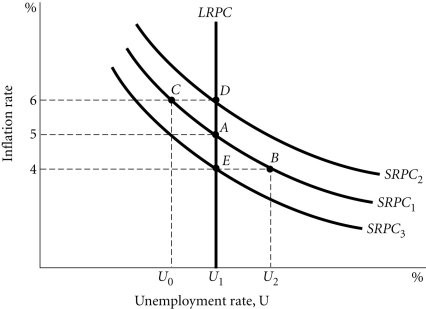According to the Rybczynski theorem, at constant world prices, if a country experiences a gain in its capital stock it will produce
A) more of the capital intensive good and less of the labor intensive good.
B) more of both goods.
C) less of the capital intensive good and more of the labor intensive good.
D) less of both goods.
A
You might also like to view...
The opportunity cost to you of an action is
A. how much you must pay for the opportunity to take the action. B. the value to you of the next best action you could have taken. C. the cost to society of giving you the opportunity to take the action. D. the dollar cost to you of the action.
We say that goods are substitutes when they:
A. change a consumer's preferences for a good or service. B. can replace something consumers typically purchase at a significantly lower price. C. are consumed together, so that purchasing one will make a consumer more likely to purchase the other. D. serve similar-enough purposes that a consumer might purchase one in place of the other.
Assume that the government decides to use fiscal or monetary policy to stimulate the economy and that this action comes as a surprise to most individuals and businesses. In the short run, the result will be
A. an increase in aggregate demand and a fall in the price level. B. a decrease in aggregated demand and a rise in the price level. C. a decrease in the average duration of unemployment and a decrease in the unemployment rate. D. an increase in the average duration of unemployment and an increase in the unemployment rate.
Refer to the information provided in Figure 28.7 below to answer the question(s) that follow. Figure 28.7Refer to Figure 28.7. If the economy is on SRPC1, then the expected inflation rate is
Figure 28.7Refer to Figure 28.7. If the economy is on SRPC1, then the expected inflation rate is
A. 4%. B. 5%. C. 6%. D. none of the above.